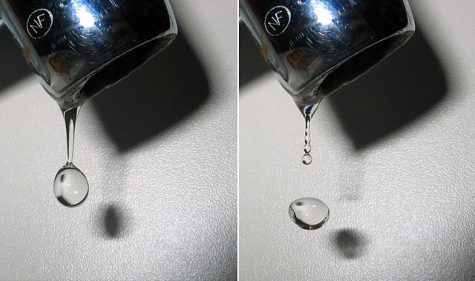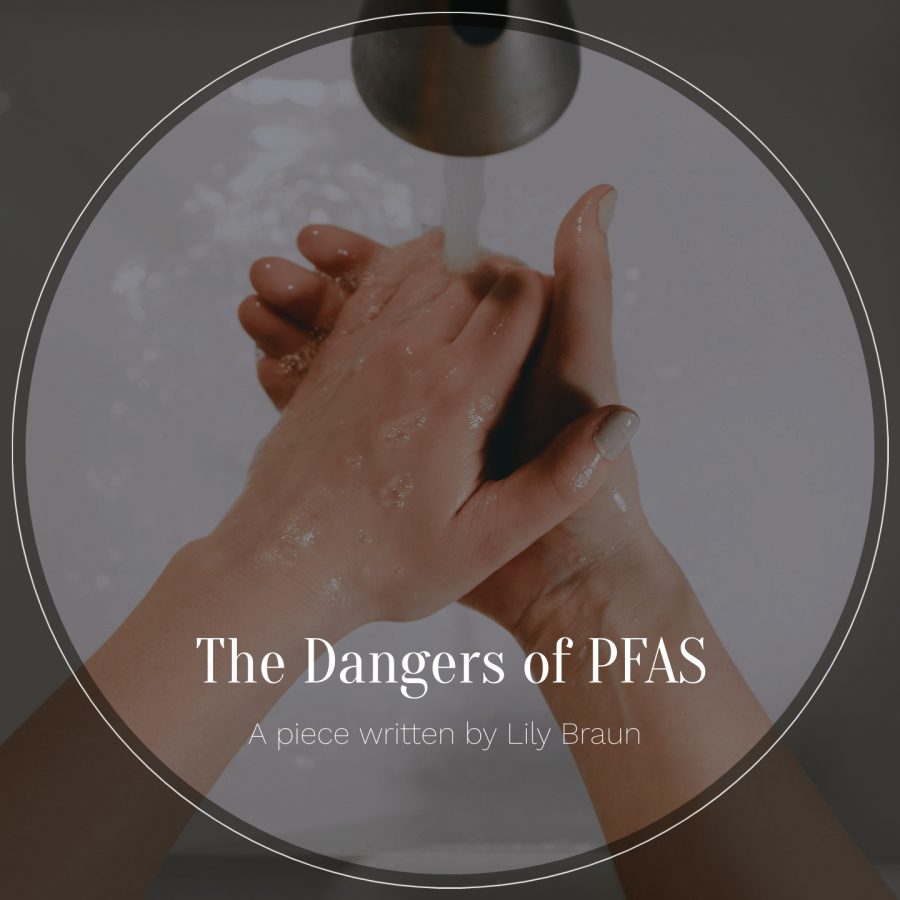The Dangers of PFAS
November 8, 2021
Non-stick cookware is arguably one of the most helpful cooking tools ever made. However, it might actually be more hurtful than we might suspect. Researchers have tracked down that chemicals, named PFAS, that make the dish non-stick, are extremely harmful to individuals and the climate.
PFAS, or per-and poly-fluoroalkyl substances, a group of around 5,000 engineered compounds, are in the blood of 98% of the U.S. population, and studies show that our eating habits are the primary source of these risky substances. These PFAS are also found in a variety of foods that we eat, and most of the water that we drink.

PFOA and PFOS are two types of PFAS and are the most popular, but also one of the most studied of these chemicals. Both chemicals are very persistent in the environment and in the human body – meaning they don’t break down and can accumulate over time. There is evidence that exposure to PFAS can lead to adverse human health effects.
This is a significant issue as these “forever chemicals” are connected to liver harm, particular sorts of tumors, thyroid infection, fruitlessness, elevated cholesterol, corpulence, and a few other medical issues. When the PFAS has polluted something, it doesn’t vanish, which is the reason they are classified as “forever chemicals.”
The FDA said that these synthetic compounds that have been broadly utilized in non-stick cookware, contact paper, food bundling, cleaning items, and other modern items have filtered into our food and water supply. Also, they have harmed our animals and ruined the waste that we utilized for fertilizer.

While numerous PFAS have been restricted from additional creation, their tirelessness in our current circumstance is unmistakably having enduring impacts. The FDA followed PFAS back to water sources, compost, animals, and certain dirt utilized for our country’s food supply, but it doesn’t stop there.
Denmark, Germany, the Netherlands, Sweden, and Norway, which began this project to regulate PFASs in 2020, are proposing to ban the entire class of chemicals in one go. They are arguing that this will prevent one group of these chemicals from being replaced by another that may also turn out to be harmful in the future.
These synthetic substances are additionally regularly present in non-stick cookware and food bundling as a method for repulsing oil and water—yet at the cost of possibly filtering into our next feast. In case we’re preparing polluted food on a defiled surface, it’s simply a one-two punch for harmful substance openness.
In the US, the Environmental Protection Agency (EPA) has been slow in taking federal action against PFAS. Because of this, many individual US states have adopted their own standards for them. So far, only six states have enforceable drinking water standards, and 10 have implemented guidance or notification levels for PFAS in drinking water, according to the US environmental group Safer Chemicals Healthy Families.
However, the regulatory landscape in the US with respect to these substances appears poised to change. President Biden has repeatedly indicated, starting during his campaign for the presidency, that PFAS regulation is a top priority. In April, he announced the creation of a new council to accelerate and coordinate efforts aimed at reducing and remediating this class of chemicals.








